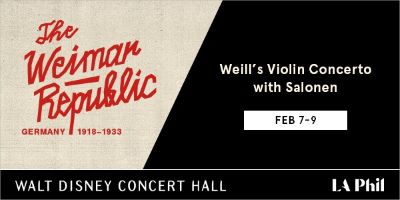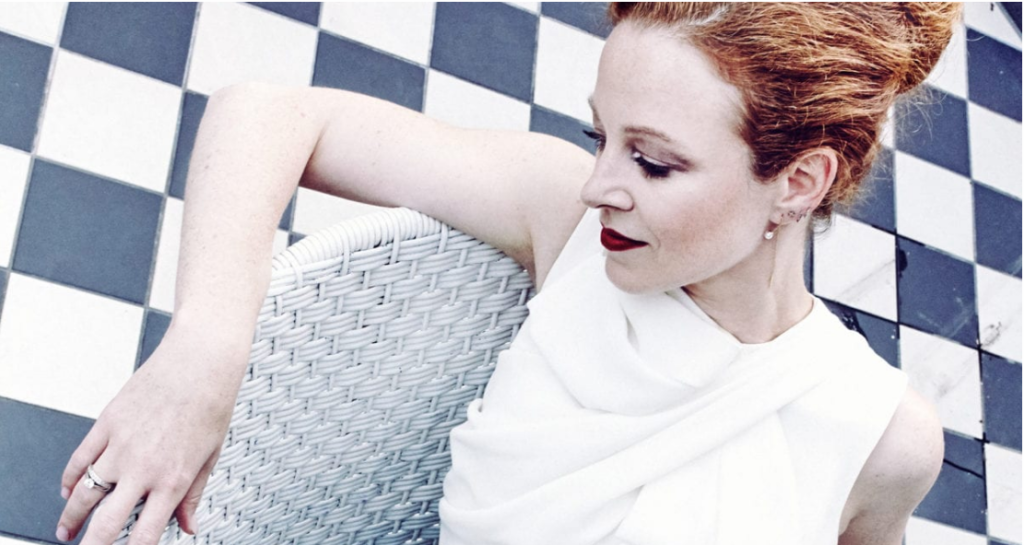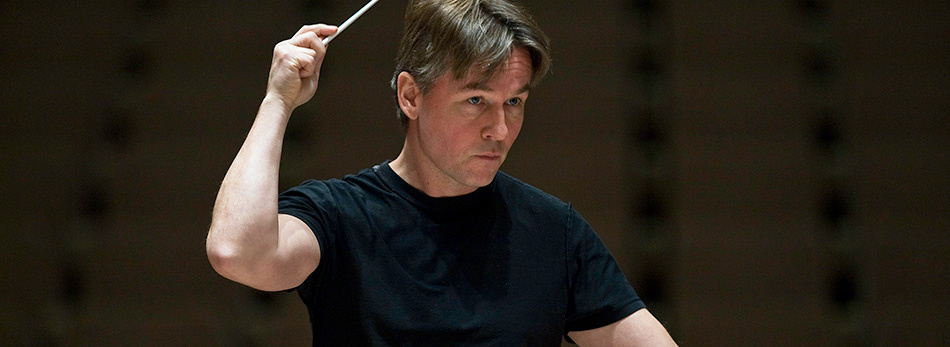ONCE IN A WEILL
The Weimar Republic’s pyrotechnic explosion of the fine arts in the 1920s produced much “new” music before being deemed “decadent”, and dashed by the rising Nazi regime in the mid-1930s. Two programs by the LA Phil and conductor Esa-Pekka Salonen at Disney Hall — one last weekend and one upcoming — celebrate composers from that time. These concerts are part of an umbrella of citywide events underlining the arts from that era, including cabaret, film, and gallery exhibits. Last Sunday, Salonen led our great players and violinist Carolin Widman in a selection of Weill, Hindemith and Schoenberg.
Since its composition in 1924, Kurt Weill’s Concerto for Violin and Wind Orchestra has become a “modern classic” and is in frequent world-wide repertoire. Weill’s inspiration in this seems to have been Stravinsky’s early work rather than that of his mentor Busoni. Scored for small orchestra, the concerto comprises three movements: In the first subdued movement, the entire ensemble is displayed. The second movement is divided into three character pieces: Notturno, in which Carolin Widman’s violin jousts with xylophone, the second, Cadenza, with James Wilt’s steady trumpet, and the third, Serenata, with Marion Kuszyk’s silky oboe and Catherine Karoly’s fine flute. In these three mini-movements, Widman’s solo violin work melded in seamless partnership with the individual Philharmonic members. The final movement again employs the ensemble and alludes to a tarantella. This challenging, angular piece is a difficult call for solo violin, but was greatly rewarding in the assured, passionate playing of the internationally celebrated Widman.
Two works by Hindemith underlined the essence of the Weimar period; the first fell well within the realm of the Neue Sachlichkeit, the New Objectivity advocated fiercely by the composer. His 1921 Rag Time on a Theme of J. S. Bach was much part of the Weimar period, while Symphony: Mathis der Maler, 1934, barely made it before the movement disintegrated under fascism.
Rag Time is a joyous take on the C Minor Fugue from the Well Tempered Clavier; the sheer audacity of the arrangement produces a broad smile from start to romping end.
Perhaps Hindemith’s greatest work, The Symphony is derived from an opera about artist Matthias Grünewald and his struggles with society. When first presented in Berlin in 1934, Joseph Goebbels banned the opera, denouncing the composer as a “cultural Bolshevist”. With the Symphony, Hindemith attempted to revitalize tonality, a tradition from which composers of the late-19th and early-20th centuries were moving away. But Hindemith considered the composer to be a craftsman, producing music for social ends rather than an artist composing to satisfy his own personal aspirations. Salonen conducted with his usual easy grace, reveling in the bombast of the piece while never neglecting subtleties.
Two preludes by J. S. Bach transcribed by Arnold Shoenberg in 1921 completed the program. These are works of great respect and playful delight.
Bach is indestructible. The substance of his compositions has never been remotely tarnished when transcribed by so many major composers including Mozart, Beethoven, Elgar, Rachmaninoff, Stravinsky, Walton. In fact, Bach continues to thrive on these and the more popular renderings by Jacques Loussier, The Swingle Singers, Procol Harum, and the Moog synthesizer. In all these, the genius of Bach continues to shine, undiminished by period or musical genre.
Shoenberg’s radical 12 tone compositions in no way diluted his respect for and love of traditional music, from Bach to Strauss waltzes, and the choral preludes “Schmücke dich, O liebe Seele,” BWV 654 (Adorn yourself, O dear soul) and “Komm, Gott Schöpfer, heiliger Geist,” BWV 667 (Come, Creator God, Holy Spirit) glow in these moving transcriptions, brilliantly interpreted by the instrumentalists.
A word in praise of the great Esa-Pekka Salonen, who is now the Music Director of San Francisco Symphony. Here is a conductor who embraces diverse styles, composers and genres, and interprets all with brilliance. I’ve long treasured his recordings of the many Bach transcriptions, of his Bernard Herrmann suites from Hitchcock’s movies, his Debussy, Ligeti, Marsalis, Stravinsky, Bartok, Mahler — all elevated under his baton with supreme understanding. We in L.A. boast one of the great orchestras in the country, and how lucky are we to gather such as Salonen, Mehta and our resident Dudamel as leaders of the band! Salonen returns this weekend with Weill and Brecht’s Seven Deadly Sins, part of Weimar Nightfall.
photos courtesy of LA Phil
Weill’s Violin Concerto with Esa-Pekka Salonen
Los Angeles Philharmonic
Carolin Widmann, violin
Walt Disney Concert Hall
ends on February 9, 2020
for tickets, call 323.850.2000 or visit LA Phil



